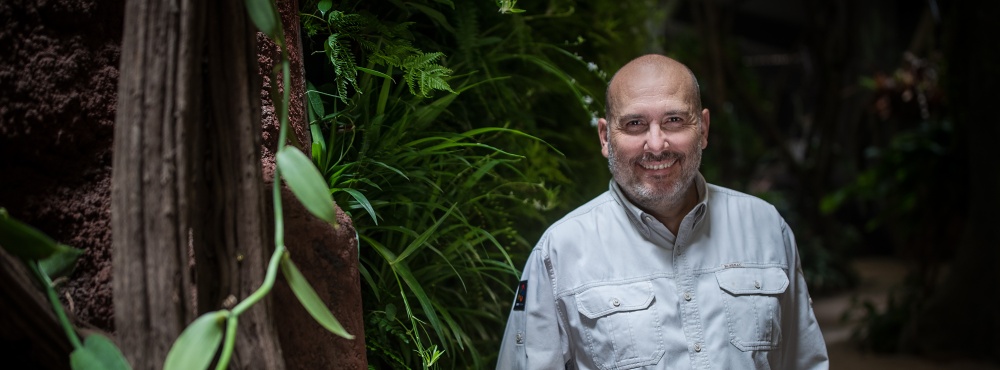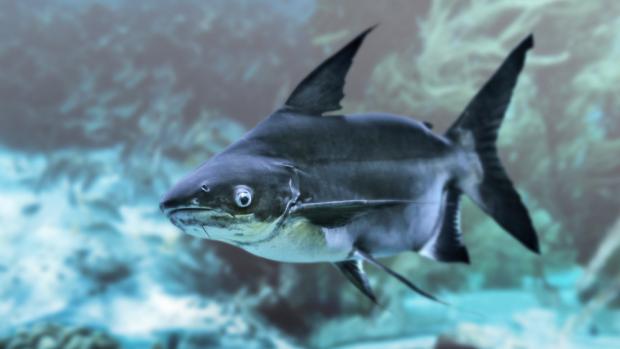A freshwater shark as a Christmas gift

As we do every year before Christmas, we are looking for adoptive parents for our animal “orphans”. And this time, among the “orphans” there are also large freshwater fish, darting around one of the water tanks in the Indonesian Jungle, in the moat next to the exhibit of southern pig-tailed macaques.
 Foto: Arunee Rodloy/Shutterstock
Foto: Arunee Rodloy/Shutterstock
The largest ones of these ten large fish measure one-and-half metres, which, together with their pointed dorsal fin, lead some visitors to believe that they see sharks. Such an observation is not off-topic, because although these carnivore fish from Mekong and Chao Phraya Rivers basins belong to catfish, they are also called freshwater sharks. Their correct name, however, is a giant pangasius. A typical feature of them is the first soft ray of the fins which extends into a long filament.
Someone is surely going to remark that he only adopts panga for lunch – but not every panga is the same. The panga, which in our country used to be once very popular and later almost despised fish, is called an iridescent shark catfish, it is produced in huge quantities in Vietnam. During the first half of this year alone an incredible amount of 771,430 tons of it were produced there! (For comparison: in our country total of 21,000 tons of all kinds of fish were produced last year.)
The giant pangasius is, on the other side, critically endangered species; it even appeared among the first one hundred of the most endangered species on one of the sad lists. It was brought there by uncontrolled hunting (it can measure up to three metres therefore it is an attractive catch for fishermen, but also small ones were caught for amateurs breeding). However, the biggest threat is dam construction and other modification of river courses, which thwarts migration to the places of reproduction. There is not much information on its current situation, the last assessment in the IUCN Red List is from 2007, and it assumes a population decline of 99 per cent within only three generations, among others.
The pangasia of the size found in our zoo you can’t see elsewhere. They need a large space for swimming and the moat at the macaque exhibit offers them 120 m3 of water. It is worth it to dedicate a bit of your time to them while visiting Indonesian Jungle, watch how they dart around in the water, and grow anxious if they are going to pull a macaque baby into the depths while it reaches for a floating piece of vegetable from the shore (don’t worry, it is not going to happen).
And if our pangasia caught your interest, you can adopt them – perhaps as a Christmas gift for somebody.
ZOOPRAHA.CZ
Contacts
- The Prague zoological garden
U Trojskeho zamku 120/3
171 00 Praha 7
Phone.: (+420) 296 112 230 (public relations department)
e-mail: zoopraha@zoopraha.cz
Others








